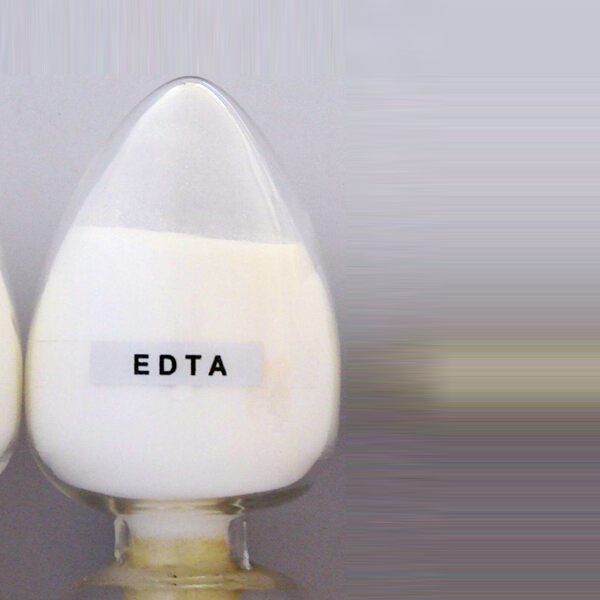
News
Aug . 13, 2024 04:12 Back to list
Understanding the Role and Importance of Chelating Agents in Chemistry and Biology
The Definition and Importance of Chelating Agents
A chelating agent, also known as a chelator or complexing agent, is a substance that can form multiple bonds with a single metal ion. This unique ability allows chelating agents to bind to metals more effectively than ordinary ligands, resulting in the formation of stable, ring-like structures called chelates. The term chelate is derived from the Greek word chēlē, meaning claw, which aptly describes how these agents grasp onto metal ions, effectively capturing them.
Chelating agents are characterized by their multifaceted structure; they typically consist of two or more donor atoms that can coordinate to a metal ion, forming coordinate covalent bonds. The most common donor atoms are nitrogen, oxygen, and sulfur, all of which can be found in various organic and inorganic compounds. The effectiveness of a chelating agent is influenced by several factors, including the number of donor atoms, the type of metal ion, and the pH of the surrounding environment.
The Definition and Importance of Chelating Agents
In the agricultural sector, chelating agents are utilized to enhance the availability of essential nutrients to plants. Metal ions such as iron, copper, and manganese often exist in forms that are not readily absorbable by plants due to their low solubility. Chelating agents, such as citric acid or EDTA, can 'unlock' these nutrients, allowing plants to absorb them more efficiently. This not only improves plant growth but also enhances crop yields, making it a vital aspect of modern agriculture.
definition of chelating agent

In environmental science, chelating agents serve as critical tools for soil remediation and water treatment. They can be used to remove heavy metals from contaminated sites, effectively cleaning up pollutants that pose risks to both ecosystems and human health. Additionally, chelators are used in waste treatment processes to manage metal ions, preventing them from entering water systems and causing toxicity.
Industrial applications of chelating agents are also noteworthy. They are commonly used in various manufacturing processes to prevent metal ion contamination and to improve the quality of products. For instance, in the textile industry, chelating agents are used to remove unwanted metal ions from dyes, leading to vibrant colors and improved durability. In the food industry, they help to preserve flavor and nutritional content by binding metal ions that could catalyze spoilage reactions.
Despite their numerous benefits, the use of chelating agents must be approached with caution. Some chelators can be persistent in the environment and may lead to undesirable ecological effects if not managed properly. Therefore, research is ongoing to develop more biodegradable and environmentally-friendly chelating agents.
In conclusion, chelating agents are indispensable tools in medicine, agriculture, environmental science, and industry. Their ability to form stable complexes with metal ions not only enhances nutrient availability and aids in detoxification but also plays a crucial role in various industrial processes. As we continue to explore the intricacies of these compounds, their importance in advancing both science and sustainability will undoubtedly grow.
-
Polyaspartic Acid Salts in Agricultural Fertilizers: A Sustainable Solution
NewsJul.21,2025
-
OEM Chelating Agent Preservative Supplier & Manufacturer High-Quality Customized Solutions
NewsJul.08,2025
-
OEM Potassium Chelating Agent Manufacturer - Custom Potassium Oxalate & Citrate Solutions
NewsJul.08,2025
-
OEM Pentasodium DTPA Chelating Agent Supplier & Manufacturer High Purity & Cost-Effective Solutions
NewsJul.08,2025
-
High-Efficiency Chelated Trace Elements Fertilizer Bulk Supplier & Manufacturer Quotes
NewsJul.07,2025
-
High Quality K Formation for a Chelating Agent – Reliable Manufacturer & Supplier
NewsJul.07,2025
